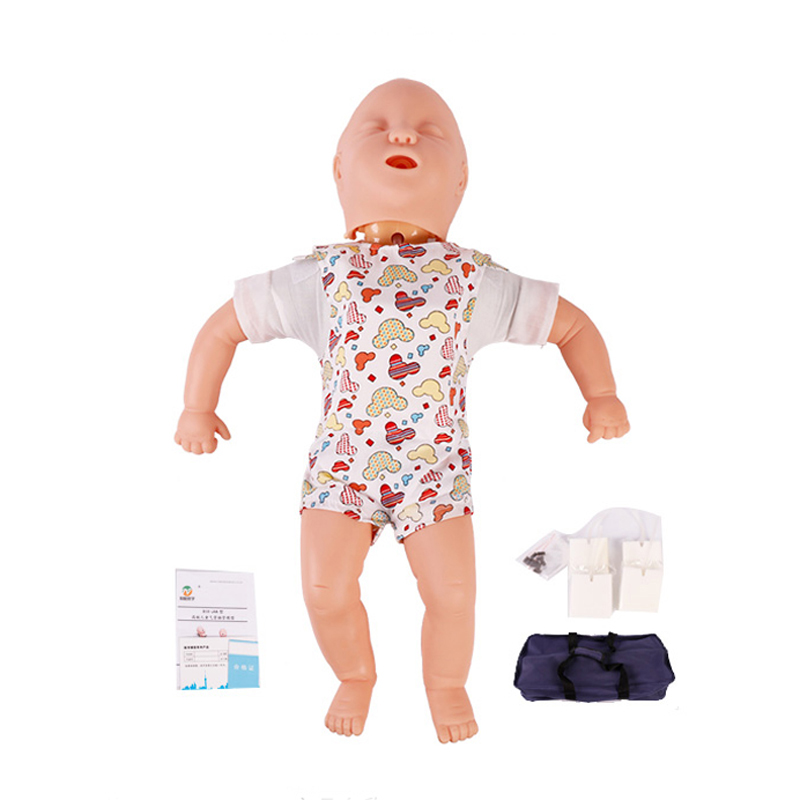In the field of medical emergency, airway infarction and CPR (cardiopulmonary resuscitation) model is not only a necessary training tool for medical personnel, but also a dual guarantee for ordinary people to prevent and deal with airway infarction in emergency situations. By simulating real-world scenarios, both models allow learners to master key skills in a safe environment, saving lives at critical moments.
Airway infarcts, especially in infants or the elderly, are often violent and have devastating consequences. Therefore, it is very important to prevent the occurrence of airway infarction. Through the study of airway infarction model, people can learn which foods, toys or lifestyle habits may cause airway infarction, so as to take corresponding preventive measures in daily life. For example, avoiding giving infants and young children hard, too large food, not laughing and joking during meals, and regularly cleaning small objects in the house are effective ways to prevent airway obstruction.

However, even if precautions are in place, accidents cannot be completely avoided. In the event of an emergency situation of airway obstruction, the correct response will directly affect the survival of the patient. This is where the CPR model plays a crucial role. CPR, or cardiopulmonary resuscitation, is an emergency technique for dealing with cardiac and respiratory arrest. Through the training of the CPR model, learners can master the correct position, depth and frequency of compressions, as well as the skills of artificial respiration, so as to gain valuable rescue time for patients in emergency situations.
Airway infarction and CPR models are a dual guarantee for prevention and response because they not only improve people's awareness of airway infarction and prevention awareness, but also give learners the skills to deal with emergency situations through practical exercises. This comprehensive training, from theory to practice, enables people to respond quickly and accurately in the face of unexpected situations, minimizing damage and loss.
Therefore, both medical staff and the general public should pay attention to the study and training of airway infarction and CPR model. With practice and consolidation, we can internalize these critical skills into instinctive responses and contribute to the safety of our lives. At the same time, all sectors of society should also strengthen the publicity of airway infarction prevention and first-aid knowledge, improve the public's first-aid awareness and self-rescue and mutual rescue ability, and jointly build a safer and healthier social environment.
